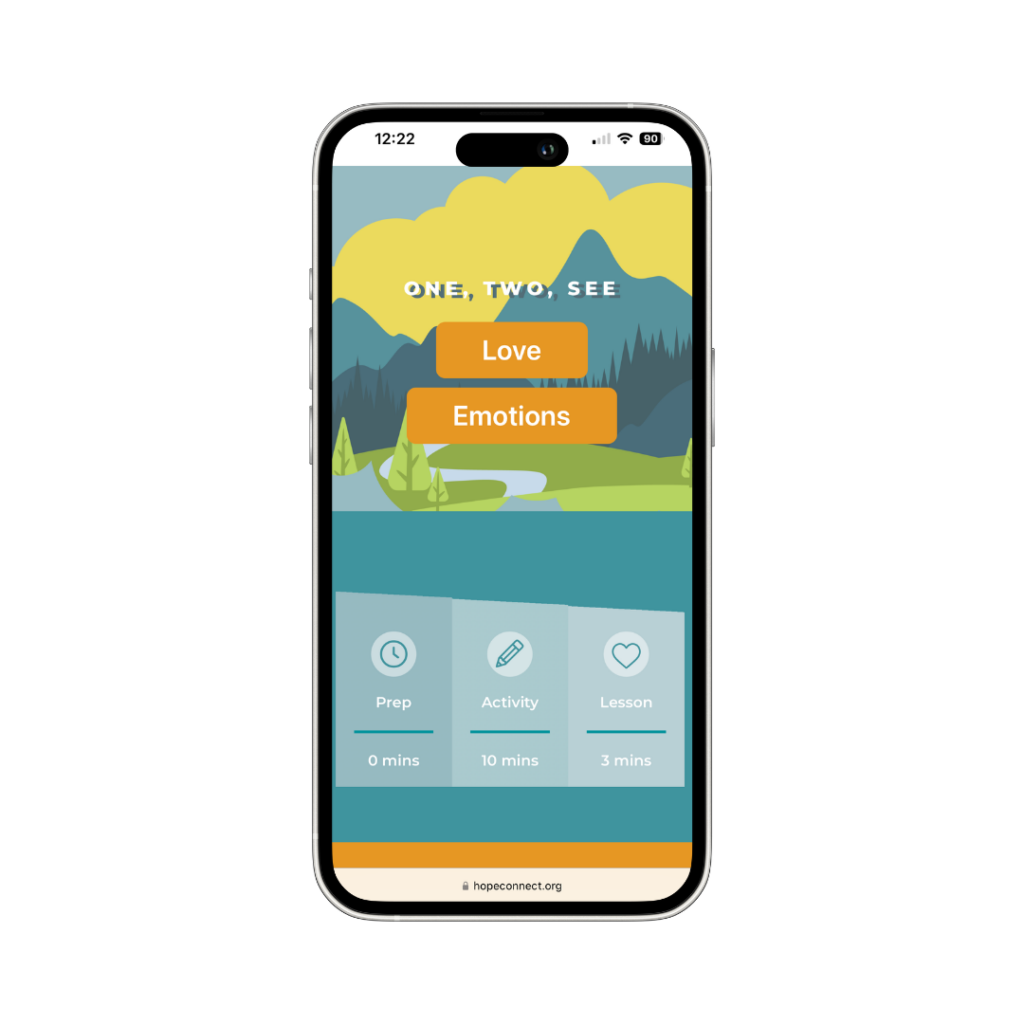Understanding how to identify triggers in children is necessary for you and the children in your care. Identifying and understanding their triggers will help you better understand how you can support them while they learn and grow.
Likewise, children need to learn how to recognize their triggers so they can manage their emotions more effectively as they get older. Continue reading to learn about identifying triggers in children and the steps you can take to help them manage their emotional responses to them.
What is a trigger?
Before you can work on identifying triggers in your children, you first need to understand what is a a trigger is.
At its most fundamental level, a trigger is a reminder of a past trauma. Examples of trauma could be physical, mental, or sexual abuse, rejection, neglect, abandonment, family separation or divorce, growing up in a home with substance abuse or alcoholism, having a mentally ill parent, or a natural disaster the person experienced, amongst some other pain and suffering.
A trigger causes someone to react in a way that is larger than usual or in an inappropriate way, considering the triggering event. A triggering event could be a smell, a word, a tone of voice, a movie, a song, a touch, a look, feelings of rejection, disapproval, being controlled — anything that reminds the person of a trauma.
Essentially, a trigger is similar to someone poking at an open and infected wound. It is painful, and for the outsider, the response seems out of proportion and exaggerated, but for the person being triggered, it is painful — and the response is difficult to prevent.
How to Support Children with Triggers
Creating a safe, understanding, and predictable environment while teaching emotional regulation skills is essential. Here are additional, practical ways to support your child in managing their triggers.
1. Identify What Upsets Them
The antidote to a trigger and the response it causes is ultimately healing, which is like disinfecting and cleaning the wound. However, being aware of triggers can help reduce the reaction to them and teach our children to connect with their own feelings.
Understanding our children and considering their past can reduce their trigger reactions. It can be challenging to identify what exactly those triggers are, and it takes time, but the process of getting to know and to understand can help in their healing and in your own healing as caregivers. By being aware of what triggers your child, you can also reduce their reactive behaviors, which cause conflict and tension in relationships.
We want our children to heal, and healing happens through a healthy relationship. “In the multitude of my anxieties within me, your comforts delight my soul.” `Psalms 94:19.
2. Avoid What Upsets Them
Once we work on identifying triggers in our children and ourselves, avoid them as much as possible. When the trigger is avoided, you can usually avoid the reaction, too.
In any case, don’t take the child’s behavior personally. His or her reactions are not about you.
As we are still getting to know our children — and even ourselves — learning how to avoid their triggers and understanding why they behave the way they do takes time. However, expecting to avoid any situation that would cause your child to have a big reaction is a very high expectation to put on a caregiver.
To continue this journey of healing, we must live in the grace that was extended to us by Christ. Sometimes our children’s behaviors cannot be avoided, and they are not related to anything caregivers said or did. In some situations, children react in a certain way because they were reminded of their past. Be encouraged to forgive yourself and your children.
And even if we reminded them of their past unintentionally, use this as an opportunity to learn about their triggers and your own. It brings healing and growth to the relationship.
Being honest about your own triggers as a parent and how we react to them can help. This approach can feel harsh at first and quite uncomfortable, but it will help you learn to be more compassionate with yourself and others. To eventually heal your triggers, it is necessary to think honestly about them. Embrace that uncomfortable place that brings freedom and growth.
3. Give Your Child Space
Even though it’s tempting, don’t hover over your children if they have been triggered. Stay available and responsive but allow them to have breathing room.
Children need space to process their emotions. Their emotions are valid even if their response to the emotion is not appropriate. The feeling is always okay — but the behavior might not be. Teaching our children that key difference and assisting them in gaining that awareness is important for their growth and healing.
By staying available and responsive to their needs without overshadowing their feelings and the moment with their own feelings or by how we think they should or should not be reacting gives them the space to express their emotions.
This might mean sitting with them in their pain and just being present as they feel, with no expectations or judgement. This might also mean allowing them to go through their emotional storm as you observe from afar. This will look different for every child and understanding specific needs and being intentional about providing what is needed is essential.
Providing an environment where children feel safe expressing how they feel and reassuring them they can wade through the emotions improves their connection with the caregiver, communication skills and ability to trust, which is needed for their healing.
KEY TAKEAWAY
Children who experience trauma have triggers. When your child is triggered, they can have big reactions to seemingly small things. By understanding our children, we can help them manage their reactions as they walk out their healing journey.
ACTIVITY
For some children, waiting can be difficult. The next time you’re waiting to see a doctor or you’re in line, teach your children the simple art of being present by playing Patience in the Pause. Find this game and many others now in HopeConnect™!
APPLICATION QUESTIONS
- What are some of your child’s triggers? Take note of the things that upset them and their reactions.
- Which of the strategies from this article will you use to support your child the next time you’re triggered?
KEY VERSE
Though good advice lies deep within the heart, a person with understanding will draw it out.
PRAYER
Heavenly Father, please equip me with the wisdom and patience I need to help my child learn to manage their triggers. Please heal them and let Your Glory shine in and through our circumstances. In Jesus’ name, amen






